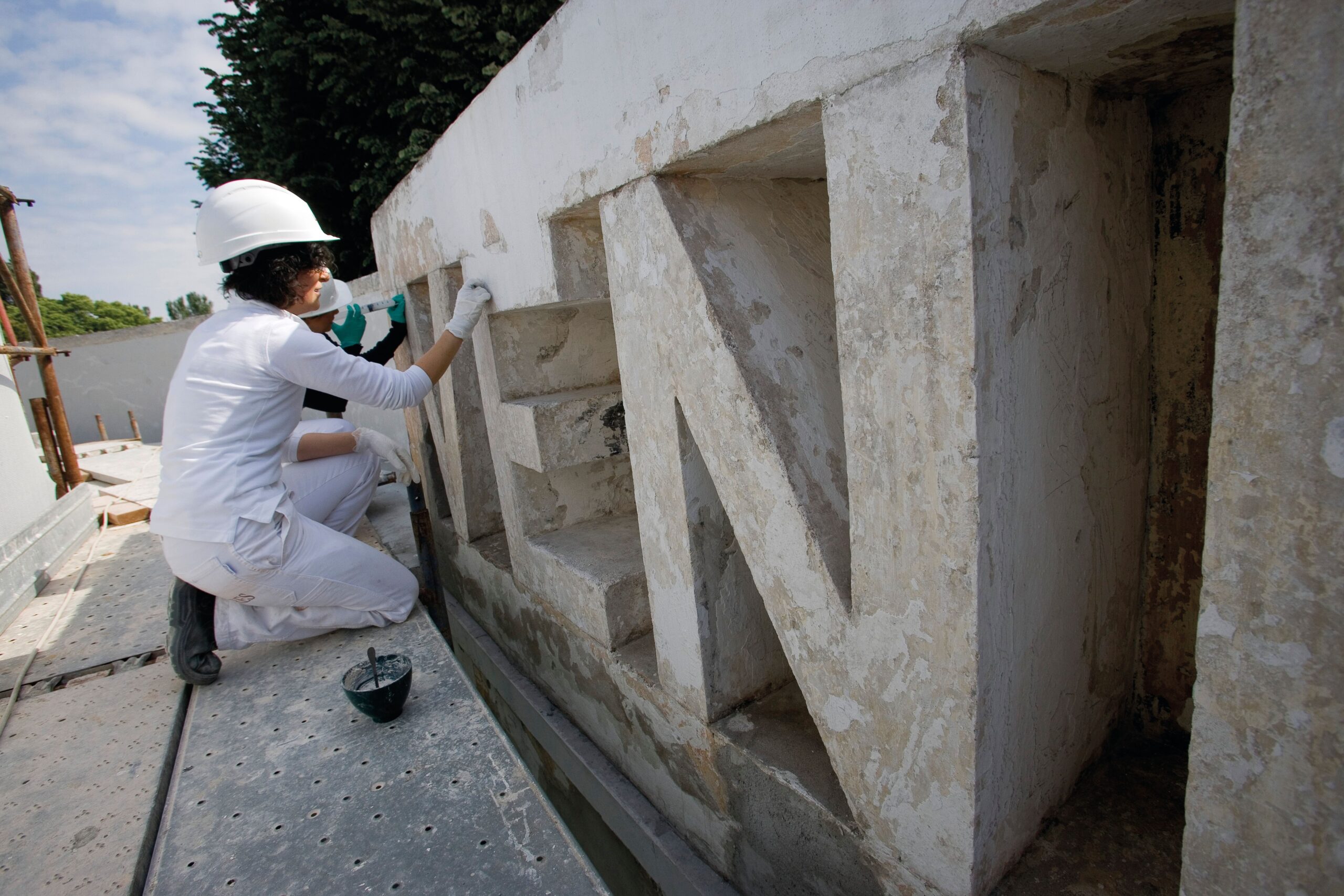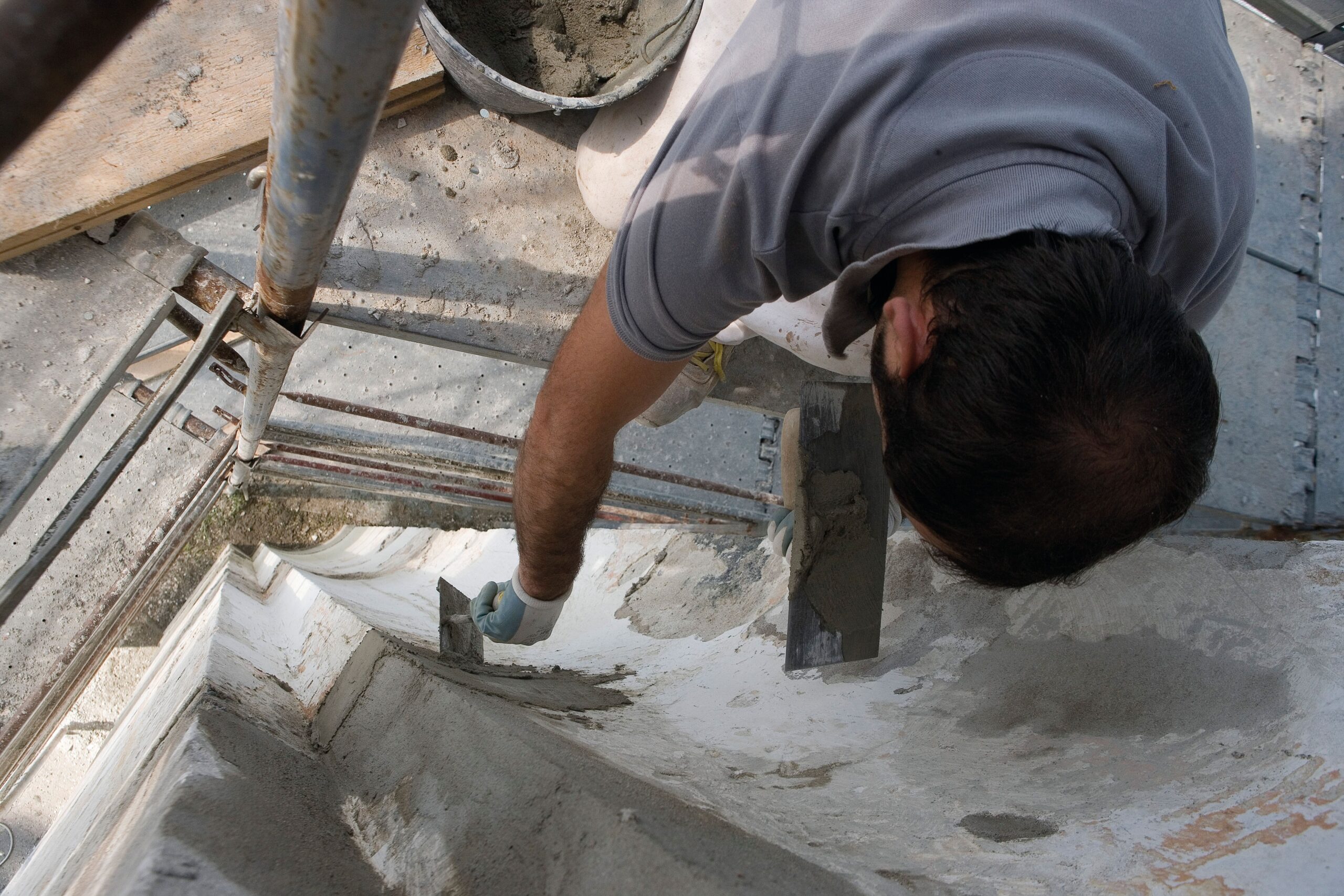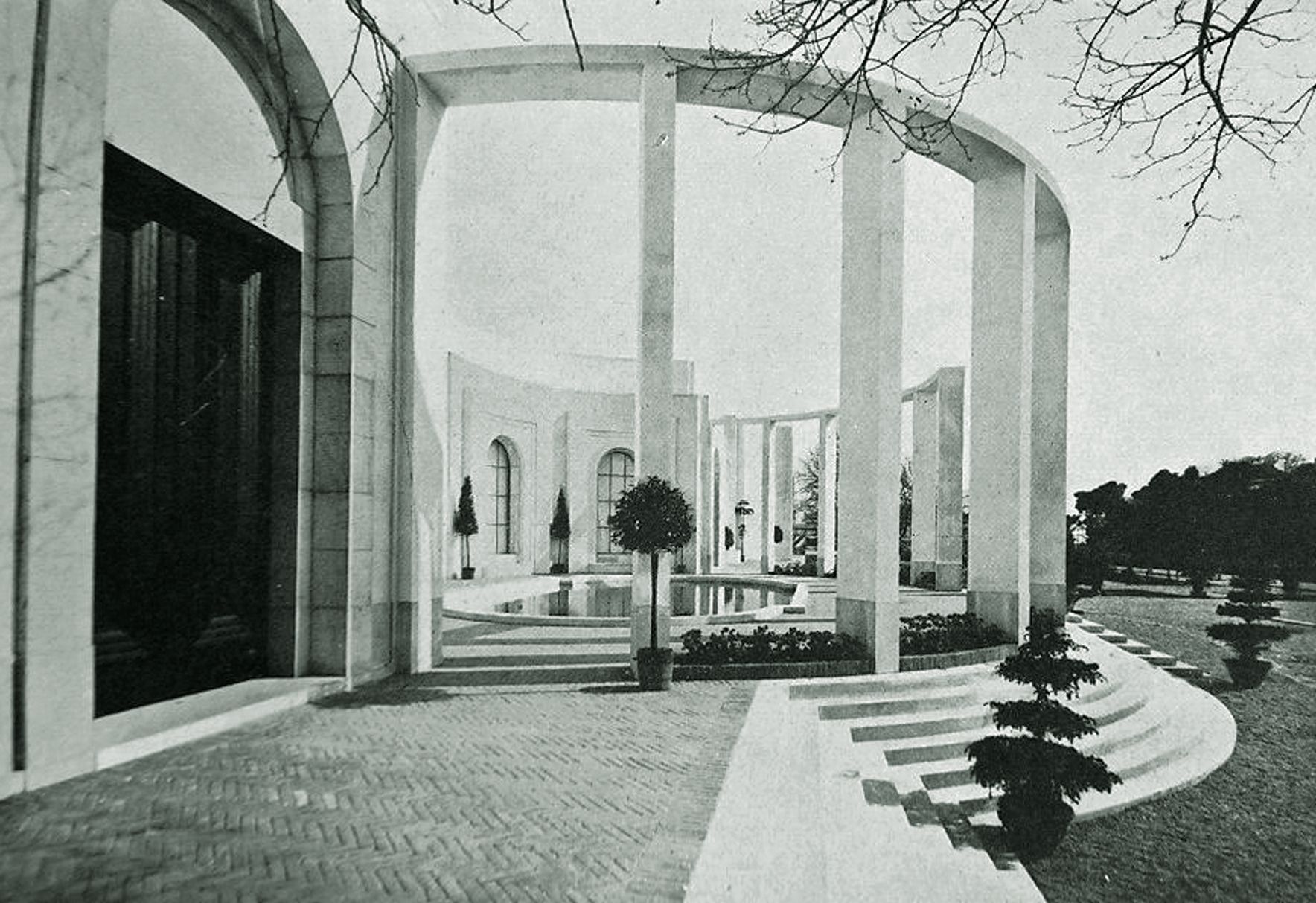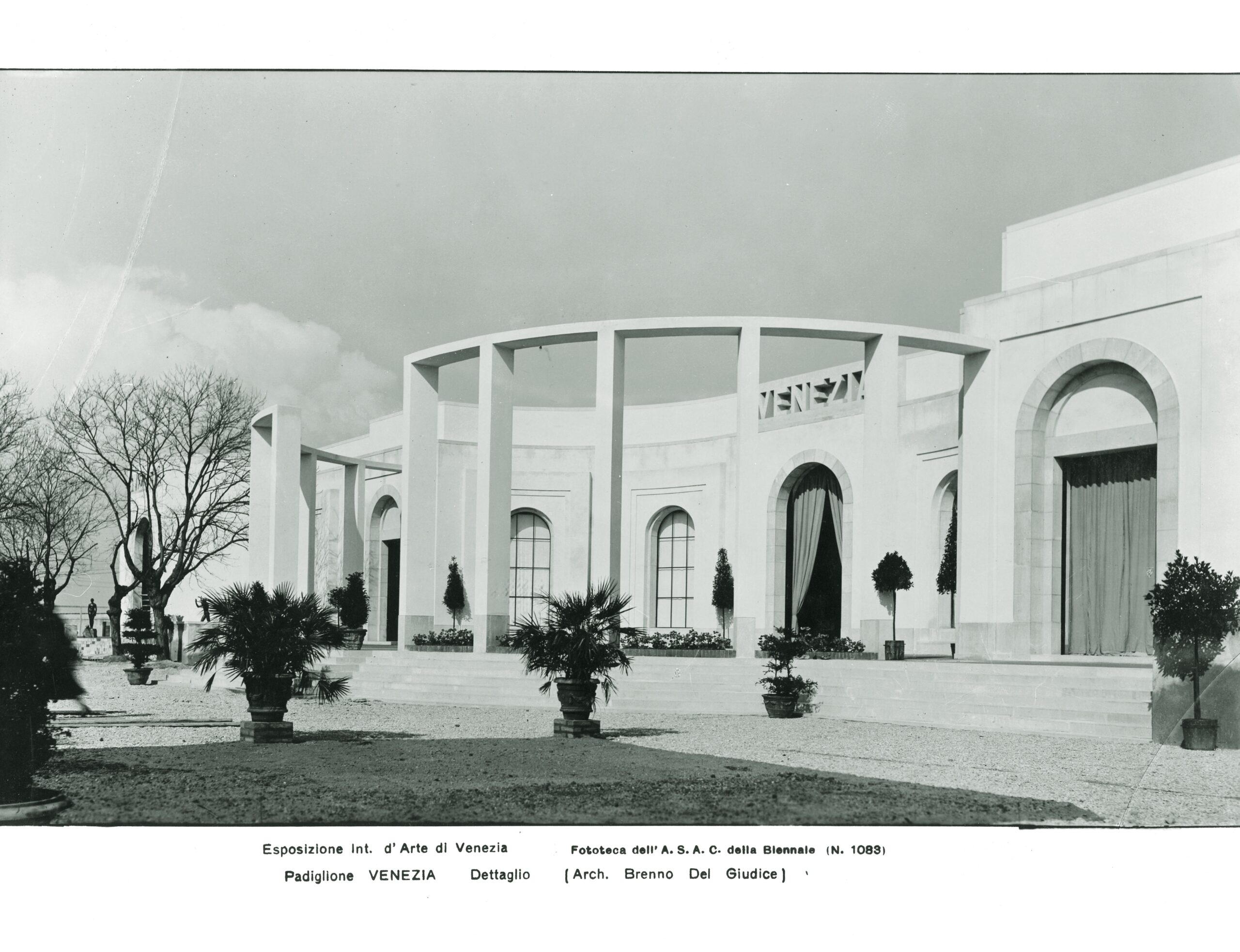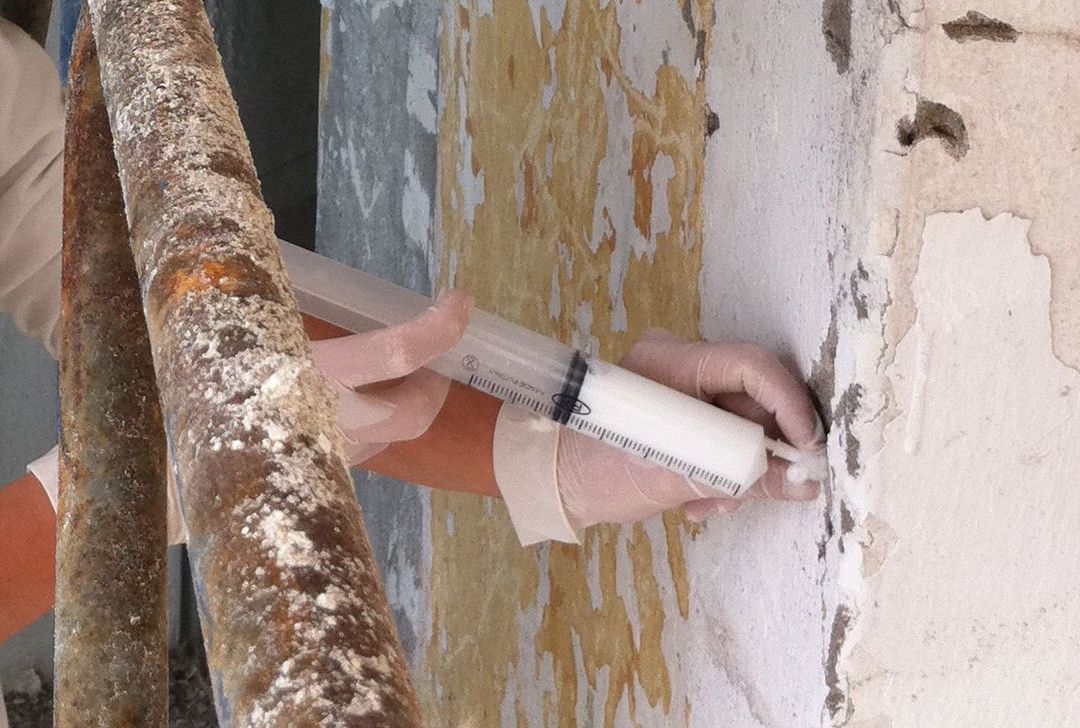The Venice Pavilion of the Biennale has been a historically exceptional space since 1932, reserved for special projects, owned and managed by Venice City Council. Inaugurated for the 18th International Art Biennale, it was conceived as a pavilion for the decorative arts, from glass, through fabrics, to mosaics, in order to allow for the finest worldwide examples of work being done in those fields to be compared and contrasted. In the post-war period, it was no longer used for its original purpose and fell into disrepair. Thereafter it was not occupied on a continuous basis.
In architectural terms, it embodies the idea of an exedra – a sort of stage set – inspired by Renaissance and baroque models. The external hemicycle also conditions the rigorous, white internal spaces, which are lit from above. The pavilion was designed in the early 1930s by the architect Brenno del Giudice, who was also responsible for the beautiful marble flooring. Over the decades, the pavilion held up a mirror to the local avant-garde movements, serving as a showcase above all for exquisite craftsmanship and technical mastery.
In 2011, the reinstatement of the Venice Pavilion’s original function was a commitment that indicated the vitality that the city intended to express – a commitment that continues to this day. Fondaco co-ordinated the works, Lares dealt pro-actively with the restoration, while two companies helped to fund the interventions: Arzanà Navi and Louis Vuitton.
The ex-Mayor, Giorgio Orsoni, said: “Arzanà Navi is a prestigious, young, local business, with the ability to export innovation and expertise in the high-end nautical sector – a sector that is very much part of Venice’s DNA. The city, which boasts a rich artistic legacy, is itself a workshop of creativity and not simply a theater for the representations of others. As such, Venice needed its own impressive space in which to present the very best output from those local exponents of art on the cutting edge”.
Madile Gambier, Commissioner of the Venice Pavilion, referred to the operation: «a philological restoration of the highest order, which refers back to the city’s great history of artistic virtuosity».
After the restoration, in the same year during the 54ª Internation Exposition of Biennale Artehas been presentd at Venice Pavilion (curated by Renzo Dubbini and Madile Gambier) the exhibition of Fabrizio Plessi, “Mari Verticali”. An exhibition that essentially connects the two greatest passions of Arzanà Navi and Louis Vuitton: sailing and the sea. The artist has proposed here a new vision of his digital fleet that has developed in a symbiotic way within the hemicycle structure of the Venice Pavilion.
